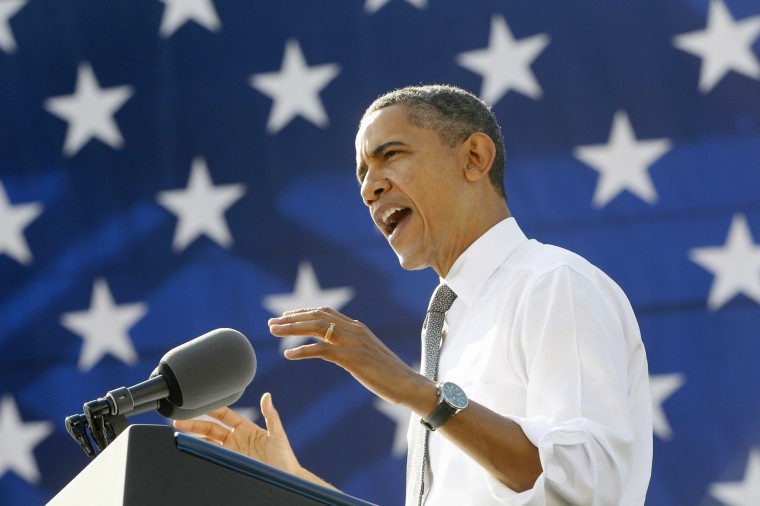Obama’s loan plan may help NIU students
President Barack Obama speaks about jobs, Wednesday, Nov. 2, 2011, at Georgetown Waterfront Park in Washington. Obama is urging Congress to pass the infrastructure piece of the American Jobs Act. (AP Photo/Charles Dharapak)
November 3, 2011
President Barack Obama’s plan to help college students repay their loans may benefit some NIU students.
Obama announced a new plan on Oct. 26 that will help college students with the repayment of their loans with no additional cost to taxpayers.
According to The Chronicle of Higher Education, the current national student debt is approaching $1 trillion, with the highest rate of students failing to repay their loans in years.
“We’ll put more money in your pocket after you graduate,” Obama said during his speech on Oct. 26 at the University of Colorado. “We’ll make it easier to buy a house or save for retirement. And we’ll give our economy a boost at a time when it desperately needs it.”
Inali Saghu, associate director of NIU’s Financial Aid, said students take out an average of $9,600 in loans per school year. Saghu said the average NIU student’s debt for federal loans after they graduate is $20,921.
“Currently, 12,150 students have received student loans for the 2011-2012 academic year,” Saghu said.
Saghu said Obama’s plan will help NIU students pay off their student loans.
“This plan will benefit NIU students during repayment because it may lower monthly loan payments,” Saghu said.
According to a USA Today article, Obama’s plan states that students who have loans will have to pay no more than 10 percent of their discretionary income, (income after taxes), which previously was 15 percent.
Students will also receive loan forgiveness after 20 years instead of the original 25 years. Additionally, students who are paying Direct Loans and Federal Family Education Loans will have the option to pay both loans with one payment.
The plan will be in effect by 2014, but Obama hopes to speed up the process to 2012.
While this plan is meant to benefit college students, some NIU students, like Jessica Byczynski, junior early childhood education major, are hesitant that it will work.
“It could potentially work, but who knows what would happen with that,” Byczynski said.
Others students, like senior psychology major Brittnee Harris, like Obama’s plan for student loan relief.
“It’s a great idea that will definitely help, and now I don’t have to give [up] my whole check,” Harris said.
Obama’s plan requires less money for each payment, but Congress wants to increase interest rates on student loans to as much as 8.8 percent, according to the Chronicle of Higher Education. At NIU, the current interest rate for undergraduate Stafford Subsidized Loans is 3.4 percent and 6.8 percent for undergraduate Stafford Unsubsidized Loans, Saghu said. Stafford Subsidized Loans will increase to 6.8 percent on July 1, 2012.
“Government regulations dictate that federal loans have variable interest rates that change every year on July 1,” Saghu said. “The government uses the 91-day Treasury bill, or T-bill, specifically the May T-bill, to set the rate for the entire year.”
Even though Obama’s plan will increases student loan interest rates, it still could help him gain popularity with college students in the 2012 Presidential Election.
“He did a good job in 2008 of mobilizing the young people and [he will] try again this election,” said Scot Schraufnagel, assistant professor and director of graduate studies in the Department of Political Science. “This can be seen as an attempt of him trying to do that.”



